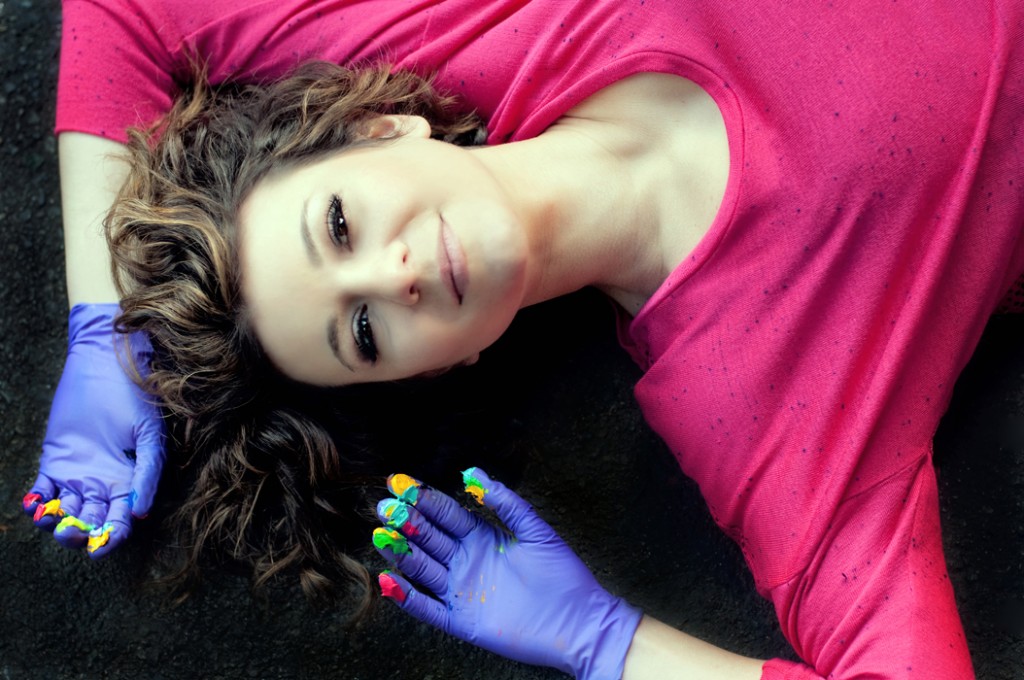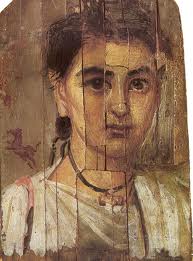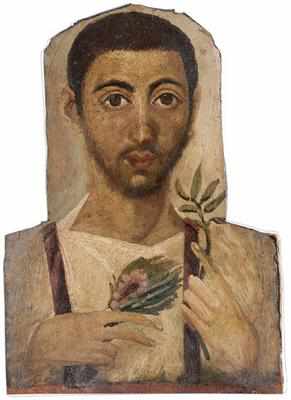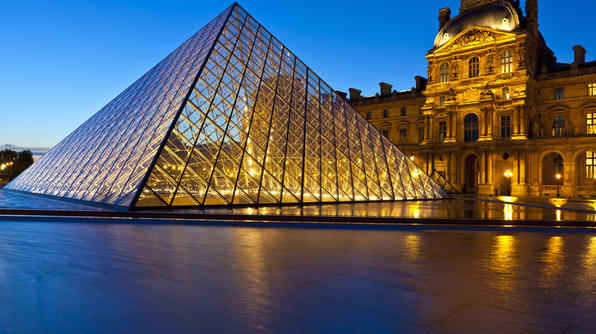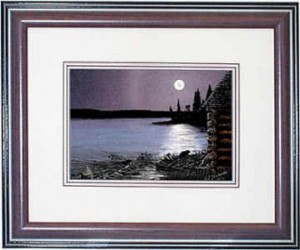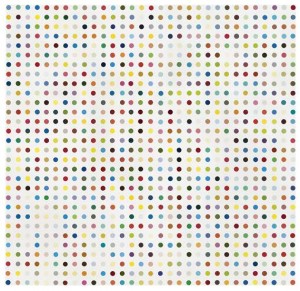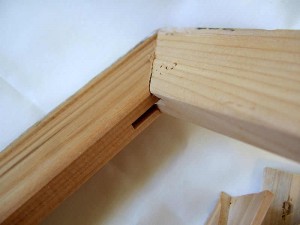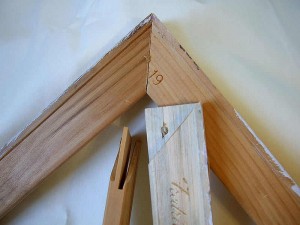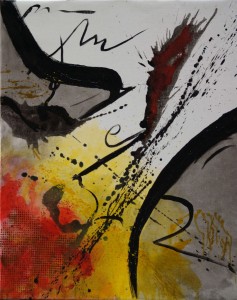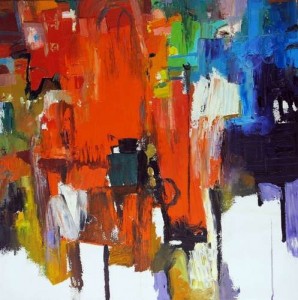Academy of Fine Arts Vienna
Founded 1698, Vienna’s Academy of Fine Arts is divided into the Institute of Fine Arts (including the departments of abstract painting, art and digital media, art and photography, arts and research, conceptual art, contextual painting, expanded pictorial space, figurative painting, graphic arts and printmaking techniques, object sculpture, performative art-sculpture, video and video installation and textual sculpture), Institute for Art Theory and Cultural Studies, Institution for Conservation and Restoration, Institute for Natural Sciences and Technologies in Art, Institute for Secondary School Teaching Degrees (in craft, design and textiles) and the Institute for Art and Architecture.

Yale School of Art
Yale School of Art is rated the best in the United States for its Master of Fine Arts program as of 2013. Established in 1869, the Yale School of Art is one of the 12 constituent schools of Yale University. It grants a Masters of Fine Arts degree to those who have completed their studies in graphic design, painting or printmaking, photography or sculpture. Yale offers courses in all of these four interrelated fields.
Accademia di Belle Arti di Firenze, Italy
Located in Florence, Tuscany, the Accademia di Belle Arti di Firenze (“Academy of Fine Arts of Florence”) was founded by Cosimo I de’ Medici, Grand Duke of Tuscany, Michelangelo and Giorgio Vasari in 1563. Originally, the Academy’s members were the eminent artistic personalities of Cosimo Medici’s court, supervising artistic production in the area. In 1784, all the schools of drawing in Florence were combined into one single institution, known as the Accademia di Belle Arti from then onwards. Since 1783, the Accademia Gallery has housed the original David by Michelangelo.
Royal Academy Schools, England
The Royal Academy Schools form the oldest art school in Britain and the only institution to offer a three-year post-graduate art course. They offer an unparalleled opportunity for students to develop their work over a three year postgraduate programme. The Academy provides free tuition to its students, contributed by Members of the Royal Academy. Disciplines such as painting, sculpture, print, installation, time-based media and digital media are taught.
École nationale supérieure des Beaux-Arts, France
Founded in 1648 by Charles Le Brun, The École nationale supérieure des Beaux-Arts is is the distinguished National School of Fine Arts in Paris, France. Studies at the school include painting, installation, graphic arts, photography, sculpture, digital media and video. Additional theoretical courses are supported by technical training and access to technical facilitiesThe collection of the school includes around 450,000 items, containing artwork and historical books.
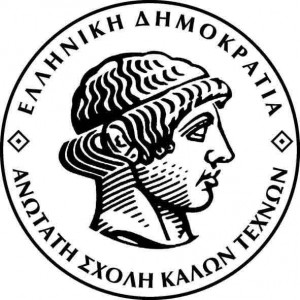
Athens School of Fine Arts, Greece
Established in 1837, The Athens School of Fine Arts is Greece’s premier art school whose main objective is to develop the artistic talents of its students. As of 1840, the program for fine arts included painting, sculpture, architecture, lithography, woodcut, geometry and cartography. In 1910, the faculty was made independent of the National Technical University. This was also the year in which women were first allowed to study at the School of Fine Arts.
Image source: www. wikipedia.com


